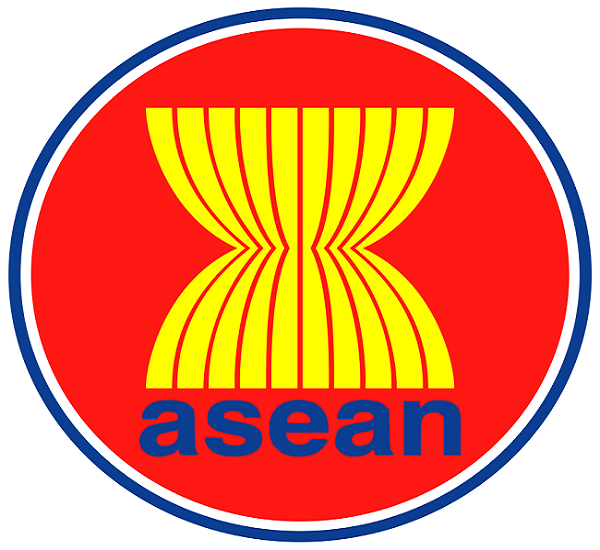Thailand is a major member of the Association of Southeast Asian Nations or the ASEAN. What is the ASEAN? If you want to do business in Thailand and in the other Southeast Asian nations, then you need to have an understanding of the goals and missions that the ASEAN has laid out for its member nations.
Let us look at the history and the aims of the organization, as well as the milestones that it has achieved as a group over the years.
Formation and Goals
To summarize, the ASEAN is an organisation of countries in the Southeast Asian region that aims to promote cooperation, integration and regional stability. It was formally announced on August 8, 1967, in Bangkok. At that time, there were only five members in the organization – the Philippines, Thailand, Indonesia, Malaysia and Singapore.
The Bangkok Declaration, the charter that formally set the groundwork for ASEAN, identified the following goals for the organization:
- To work towards the economic and socio-cultural progress of the member nations and the Southeast Asian region in general.
- To provide assistance to member countries and the means for intra-organization collaboration between the member states.
- To allow access to research and training facilities to assist member nations in projects.
- To collaborate in order to come up with ways to improve regional agriculture and industry.
- To promote studies of topics involving the Southeast Asian region.
- To collaborate as a bloc with other international organizations around the globe.
Initially formed with five member states, ASEAN introduced other Southeast Asian nations as time passed. The following nations joined in the following years:
- Brunei on January 7, 1984
- Vietnam on July 28, 1995
- Laos and Burma on July 23, 1997
- Cambodia on April 30, 1999
Charters and Achievements
The ASEAN members have deliberated various economic charters for the region in line with its goal to promote economic cooperation and stability within the region.
The organization so far has signed into existence the following agreements and frameworks that each member has to observe in terms of intra-organizational trade and commerce:
- The ASEAN Free Trade Area
In order to further promote trade and commerce between ASEAN members, the organization signed the AFTA agreement on January 28, 1992. The AFTA called for the reduction on tariffs imposed on goods that enter a member nation from another member states to 0-5% according to the Common Effective Preferential Treatment scheme that formed the AFTA’s framework.
- Southeast Asian Nuclear Weapon Free Treaty
The Treaty was signed on December 15, 1995 in Bangkok, and compelled the members of the ASEAN bloc to refrain from developing or acquiring nuclear weapons. The Treaty also introduced a protocol that calls on China, the United States, France, Russia and the United Kingdom to respect the treaty and not use nuclear force in the area. These five nations are yet to sign the protocol, however.
The ASEAN Economic Community have established an internal market that ensures the flow of capital, skilled labor, goods, services and investment between member nations.
Be sure to check back for more articles like this.






